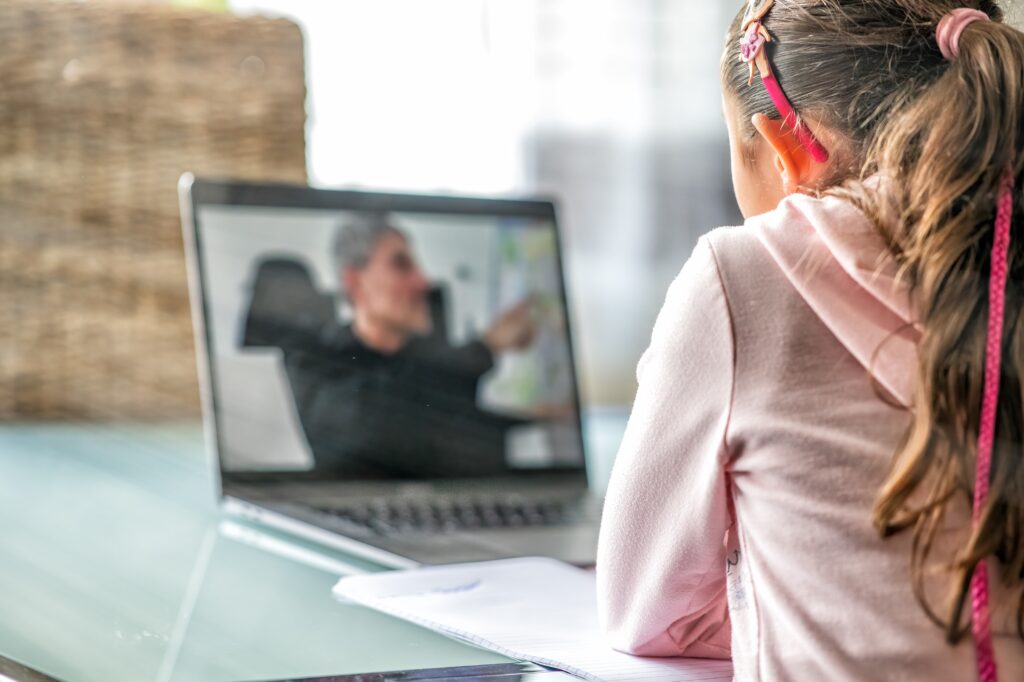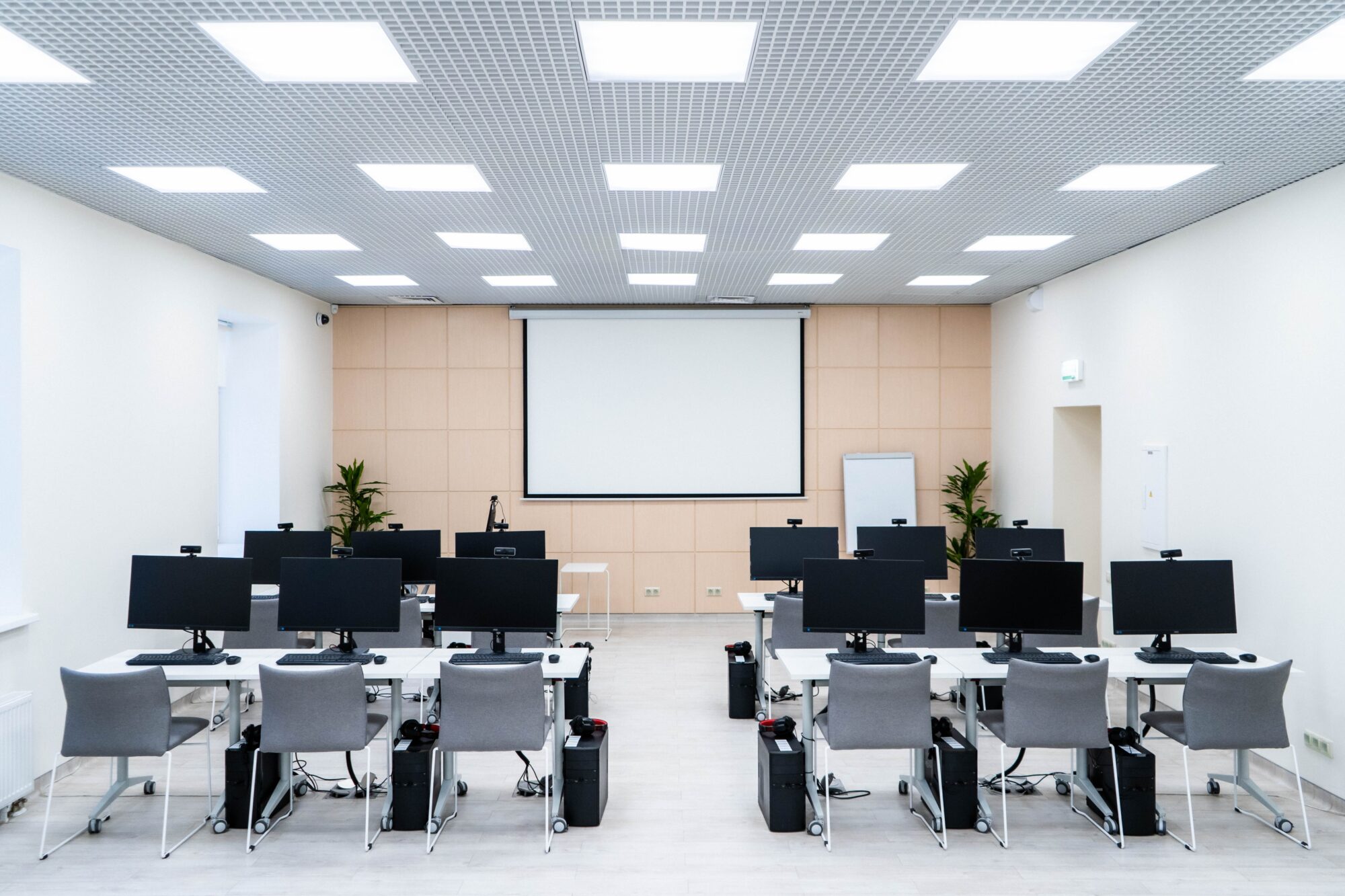Introduction
Technology has become an essential part of our everyday lives, and it is increasingly finding its way into the classroom. While many educators believe that technology can enhance learning experiences, others are skeptical about its effectiveness. In this blog post, we will discuss the pros and cons of using technology in the classroom and provide proven theories and studies to back up our claims.
The Pros of Using Technology in the Classroom
- Increased Engagement: Technology can make learning more interactive, engaging, and fun. It provides students with immediate feedback, which motivates them to learn and participate in class activities. When students are engaged, they are more likely to retain information and improve academic performance. According to a study by the National Training and Simulation Association, students who learn with technology retain 90% of the information they learn, in comparison to only 10% retention rate through traditional teaching methods.
- Better Access to Information: Students can access vast amounts of information on the internet, which helps them to research and learn about different topics and subjects. This enables students to learn at their own pace and explore areas beyond the classroom curriculum. According to a study by the National Center for Education Statistics, 98% of teachers reported that digital technologies helped them to access new teaching resources and materials.
- Improved Communication: Technology allows teachers and students to communicate easily through various platforms like email, messaging apps, and video conferencing. This enhances collaboration and teamwork among students. By providing students with the tools to communicate and collaborate with their peers, technology enables them to learn from each other and develop essential soft skills such as communication, problem-solving, and critical thinking. According to a study by the National Education Association, 59% of teachers reported that technology improved student collaboration and communication skills.
Technology can also personalize learning and cater to individual student needs. Students can choose the pace at which they learn and the type of learning they enjoy most. This type of individualized learning can lead to improved academic performance and increased student motivation.

Photo by Giovanni Gagliardi
The Cons of Using Technology in the Classroom
- Distraction: Students can quickly get distracted by the many distractions that technology provides, such as social media, games, and other non-educational apps. This can lead to students missing out on essential classroom content and falling behind in their studies. A study by the University of Nebraska-Lincoln found that students who were not using their phones in class scored a full letter grade higher than those who used their phones regularly.
- Technical Problems: Technology can be unreliable, and technical problems can disrupt learning activities and cause frustration for both teachers and students. This can lead to wasted time and lost opportunities for learning. It’s essential to have a backup plan in place for when technology fails, such as printed materials or alternative activities. According to a study by EdTech Magazine, 47% of teachers reported experiencing technical problems that disrupted their lessons at least once a week.
- Overreliance: Overreliance on technology can lead to a lack of critical thinking and problem-solving skills. Students may become too dependent on technology to do their work, which can hinder their creativity and innovation. According to a study by the Organisation for Economic Co-operation and Development (OECD), students who use computers frequently in the classroom tend to have lower scores in reading and math.
Conclusion
In conclusion, technology has both pros and cons in the classroom. While it can enhance learning experiences, it can also be a distraction and lead to overreliance. Therefore, it is up to educators to strike a balance and use technology effectively in the classroom. By doing so, teachers can provide students with a more engaging and interactive learning experience while ensuring that they do not become too reliant on technology. Teachers should also be aware of the potential downsides of technology and take measures to mitigate them. By effectively using technology in the classroom, we can create a learning environment that fosters creativity, collaboration, and critical thinking, which are essential skills for success in the digital age.
Overall, the benefits of technology in the classroom outweigh the drawbacks. However, it is crucial to use technology responsibly and with purpose. Educators must be mindful of the potential pitfalls and ensure that technology is used to enhance learning experiences and not detract from them. By embracing technology in the classroom, we can create a more connected, interactive, and personalized learning environment that prepares students for success in the digital age.


Hello. And Bye.
The Perfect Place to Enjoy and Play